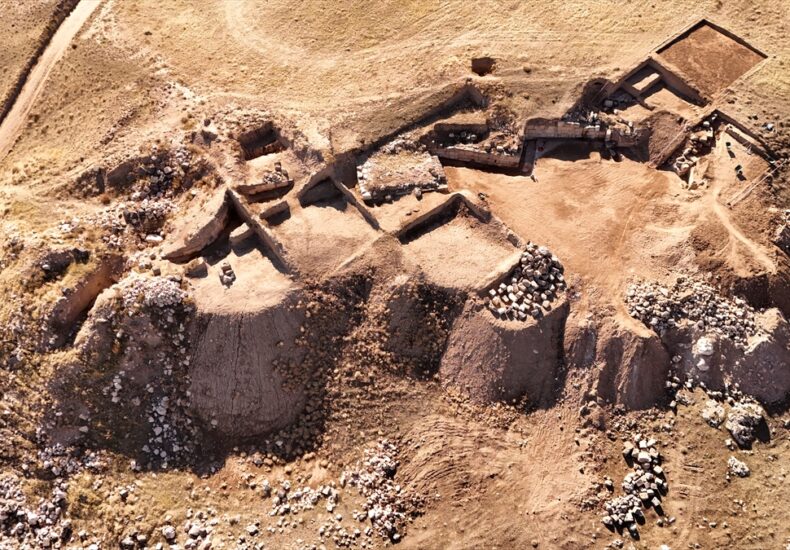
Six Aramaic Inscriptions Unearthed at Zernaki Tepe Reveal Forgotten Parthian Frontier in Eastern Türkiye
Archaeologists have uncovered six new Aramaic inscriptions at Zernaki Tepe, a 3,000-year-old ancient city in Van Province, eastern Türkiye. The discoveries — including three deliberately erased texts — illuminate a turbulent Parthian-era presence in Anatolia and the shifting power struggles between empires that once vied for control of the region.
Located in the Yukarı Işıklı neighborhood of Erciş, Zernaki Tepe stretches across 270 hectares, ranking among the largest ancient urban centers in Eastern Anatolia. Excavations are directed by the Van Museum Directorate with academic guidance from Prof. Dr. Rafet Çavuşoğlu, Dean of Van Yüzüncü Yıl University’s Faculty of Letters, and supported by the Van Governor’s Office and Erciş District Governorate.
Erased Inscriptions and Parthian Influence
The six newly unearthed inscriptions, four of which were carved into the city’s defensive walls, are written in Aramaic — once the administrative language of both the Achaemenid and Parthian Empires.
Prof. Çavuşoğlu notes that several were intentionally erased:
“Some inscriptions were deliberately scraped away, likely signaling cultural conflict or a change in political control.”
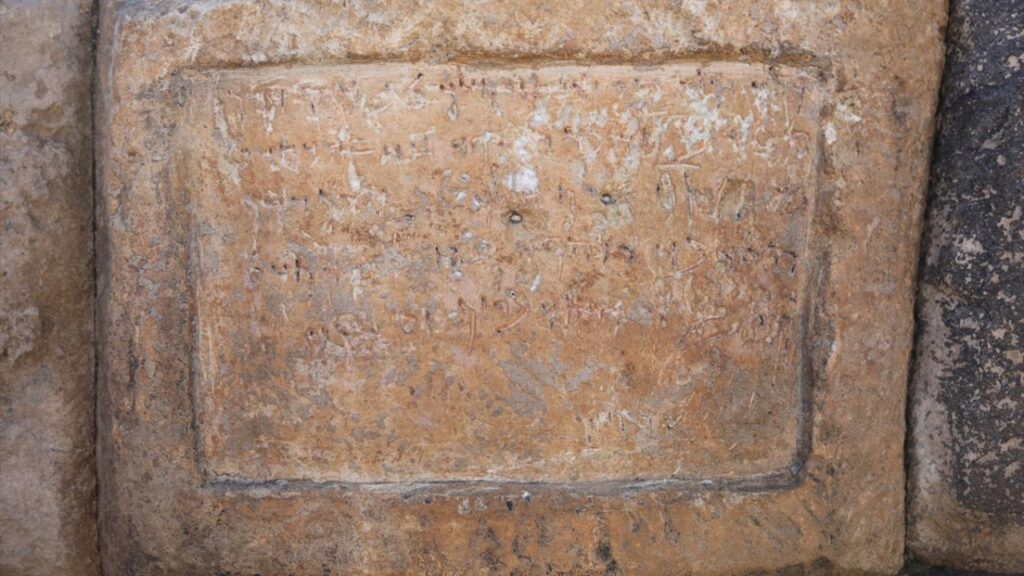
Experts believe these erasures correspond to a transitional phase following Parthian rule, when local dynasties and Roman provincial authorities sought to overwrite the symbols and languages of earlier regimes — a common phenomenon in Anatolia’s contested borderlands.
📣 Our WhatsApp channel is now LIVE! Stay up-to-date with the latest news and updates, just click here to follow us on WhatsApp and never miss a thing!!
Urban Planning and Fortifications
Archaeological remains at Zernaki Tepe reveal an advanced level of planning: oval-shaped bastions, a 4.25-meter-thick fortification wall, and a drainage system engineered to discharge water from within the city’s ramparts.
“This was not a temporary garrison,” Çavuşoğlu adds. “The infrastructure reflects long-term settlement and sophisticated hydraulic knowledge.”
Historical Layers of Power
Following the fall of the Urartian Kingdom (9th–6th century BCE), Zernaki Tepe came under the influence of the Medes and Achaemenid Persians, later adopting a Hellenistic grid-planned design during Seleucid control. When the Parthians expanded westward in the 2nd century BCE, they fortified the city, transforming it into a strategic frontier outpost bridging Iranian and Anatolian cultures.
The erasure of Aramaic inscriptions may signal a Roman-era reoccupation, reflecting an attempt by new rulers to assert cultural and religious dominance.
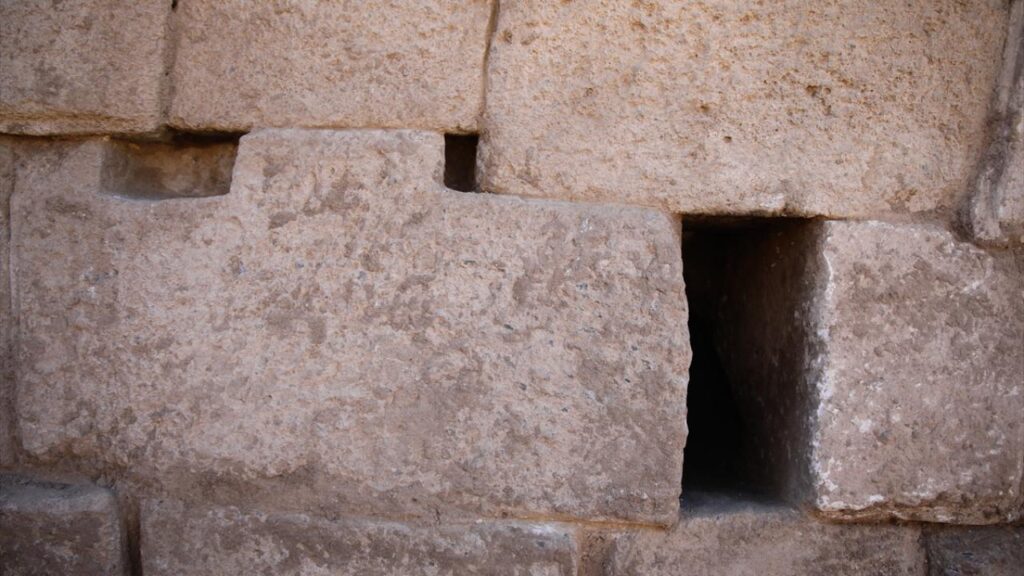
Rediscovering a Forgotten Frontier
District Governor Murat Karaloğlu stated that with this latest discovery, the total number of Aramaic inscriptions found at Zernaki Tepe has risen to fourteen:
“We believe this area marks the monumental entrance to the ancient city, which dates back about 3,000 years.”
Each inscribed fragment, even the erased ones, contributes to the rediscovery of Eastern Anatolia’s layered political memory — a silent archive of empires carved and recarved into the same stones.
You may also like
- A 1700-year-old statue of Pan unearthed during the excavations at Polyeuktos in İstanbul
- The granary was found in the ancient city of Sebaste, founded by the first Roman emperor Augustus
- Donalar Kale Kapı Rock Tomb or Donalar Rock Tomb
- Theater emerges as works continue in ancient city of Perinthos
- Urartian King Argishti’s bronze shield revealed the name of an unknown country
- The religious center of Lycia, the ancient city of Letoon
- Who were the Luwians?
- A new study brings a fresh perspective on the Anatolian origin of the Indo-European languages
- Perhaps the oldest thermal treatment center in the world, which has been in continuous use for 2000 years -Basilica Therma Roman Bath or King’s Daughter-
- The largest synagogue of the ancient world, located in the ancient city of Sardis, is being restored

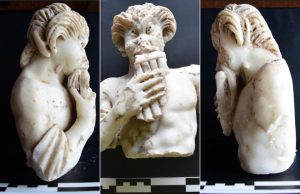
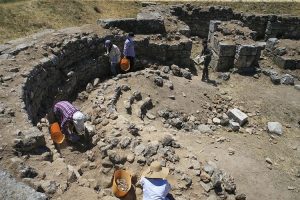
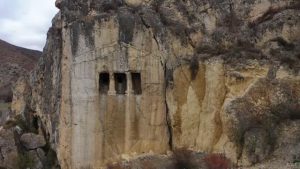
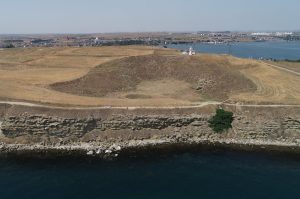
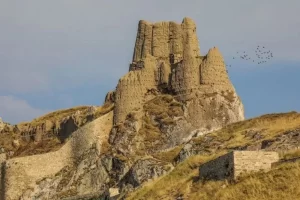
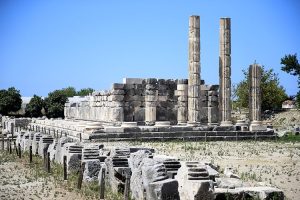


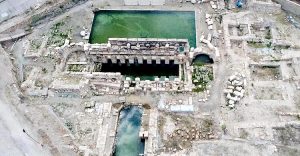
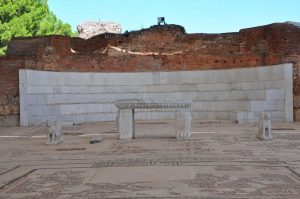
Leave a Reply